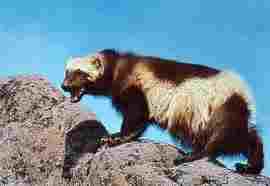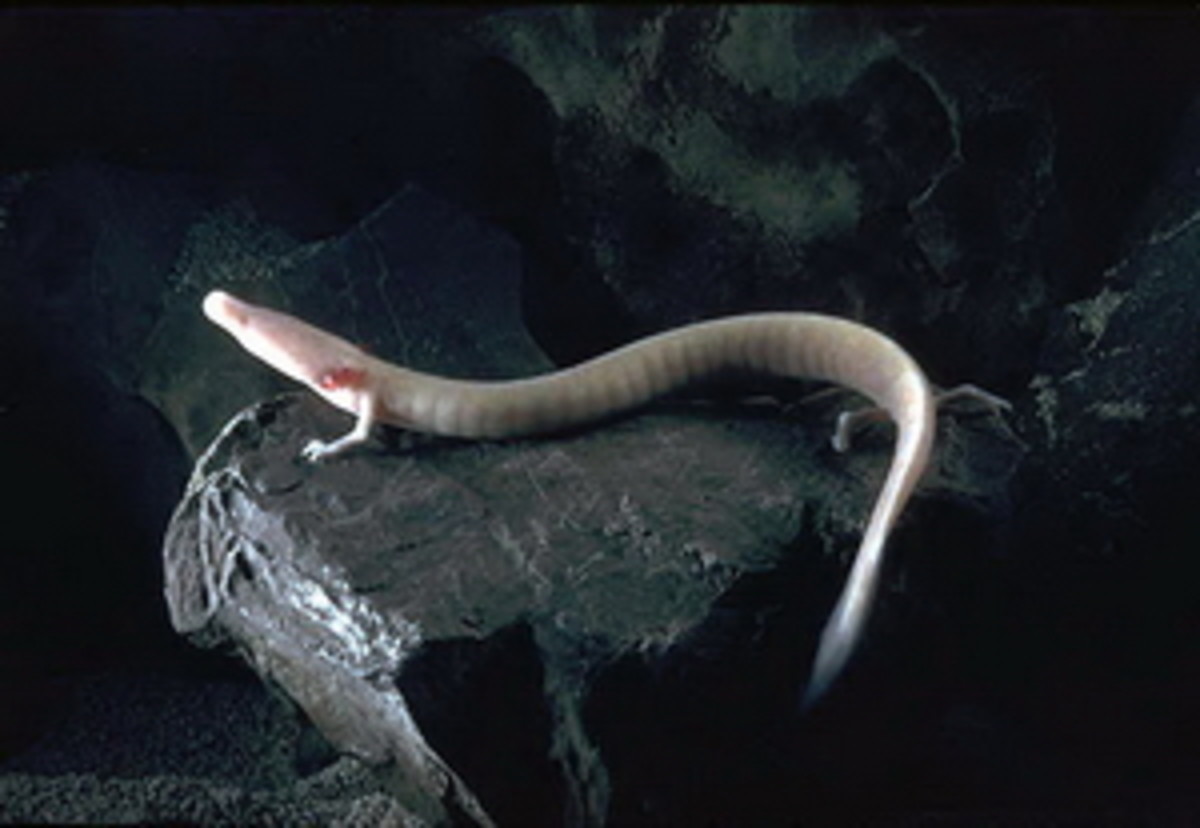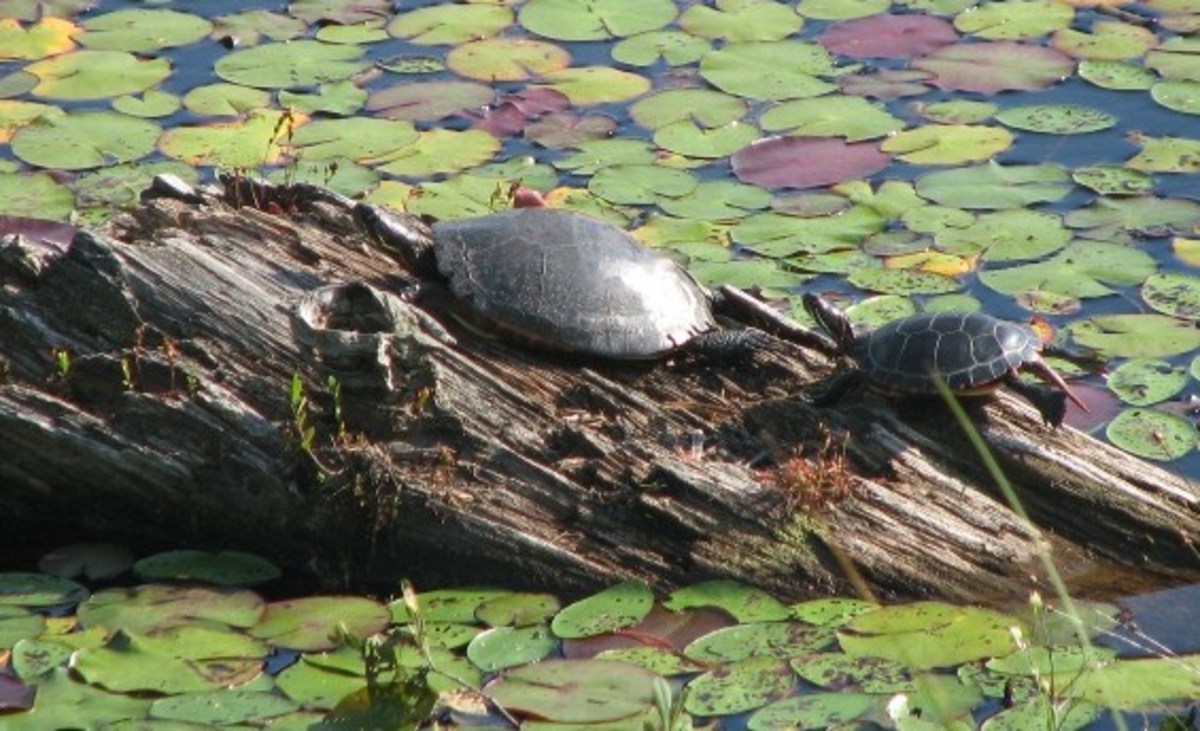- HubPages»
- Education and Science»
- Life Sciences»
- Endangered Species
The Persecuted Wolverine
Bear-Like and fangs to scare any oppressor

Powerful yet Shy, the Wolverine is Threatened
Wolverine!
Also known as the “Glutton,” (it isn’t), the “Carcajou,” “Skunk Bear,” (It’s not a skunk nor a bear), and, curiously, the “Quickhatch,” the Wolverine (neither is it a wolf), but the largest member of the Weasel family (Mustelidae) found on land. Only the Giant Otter of the Amazon and the Sea Otter are larger.
Wolverines are found in several of the northern regions of nations but predominantly today in Canada and Alaska, occasionally penetrating the lower 51 states.
Their numbers have been in steady decline ever since the planet’s top idiot, man, decided he didn’t like their habits nor their appearance. Hunters doing their best to eliminate the beaver all over the cold North American regions hated the wolverine for having the beaver on the menu and being able to break through the frozen construction of the beaver’s “lodges” and predate on the residents.
Wolverines are very tough. They have one of the most formidable bites on the planet which allows them to tear chunks from frozen carcasses, either prey they have hunted and killed, or carrion from another’s hunting success, such as wolves.
Hardy, efficient and punching well above its weight, the wolverine predates on any small mammal and can take prey as large as adult deer, elk and moose! It also has been seen killing other predators, such as the formidable lynx. A wolverine will often emerge victorious over the kill of black bear and lone wolves. Although bear and wolf packs often kill wolverines, too.
Their varied diet includes any mammal they can subdue; as great climbers, they take young birds and their eggs; snack on insects, berries, roots and leaves. It would seem anyone trying to survive in the frozen wilderness would do well to copy the wolverine’s diet.
A pocket dynamo when compared to other ferocious predators, an adult wolverine can weigh up to 70 pounds and be 5 feet long from muzzle to end of tail. The male is nearly twice the weight of the female. Wolverines mate for life, but hold your horses feminists and get ready to applaud, guys, they have from one to 3 or more mates which they visit from time to time…Hmmm. Another of the creature’s problems is that a male occupies a huge range of perhaps a couple of hundred square miles, within which his females hold sway over several mini-ranges and wait for poppa’s visits. This has brought the wolverine to the attention of ranchers and other land holders, although wolverines are usually shy and rarely savage stock.
Some backwoodsmen running on two transistors for brains have traditionally blasted away at any creature that moved, and, in their defense, the wolverine has also a heavy, oily coat greatly desired from those living in extreme conditions to make outer garments.
Wolverines have lovely coats in varying shades of brown to black with white stripes and patches. He also has potent musk glands under the tail used to mark his territory and get mamma wolverine hot under the fur.
Wolverines have not been easy to film in the wild. One movie made, “Running Free” was as phony as a politician’s smile as they used captive wolverines let loose for the film. They don’t do very well in captivity - about as well as a rancher farming 20,00 acres in Alaska would after being locked in the country jail for life. But several hundred are in wildlife parks throughout North America, Russia and Scandinavia, all areas in which small numbers still exist in the wild.
Wolverines were once common throughout northern Europe, even in France, and cave paintings 10,000 years old depict them. They are extinct here now as Europe gradually becomes unfit for man or beast (except bankers and politicians and other carrion).
They have often been mistaken for small bear and their large heads and powerful jaws are very bear-like: this, plus their strong smell earned them the title of “Skunk-Bear.”
They represent little threat to man and are rarely seen in the areas of human habitat, (perhaps due to the fact the sight of one drew a fusillade from angry Gallic beaver hunters for 300 years!)
A beautiful and unique creature which should be protected everywhere to avoid its disappearance, along with all the rest, from man’s unhappy world.



